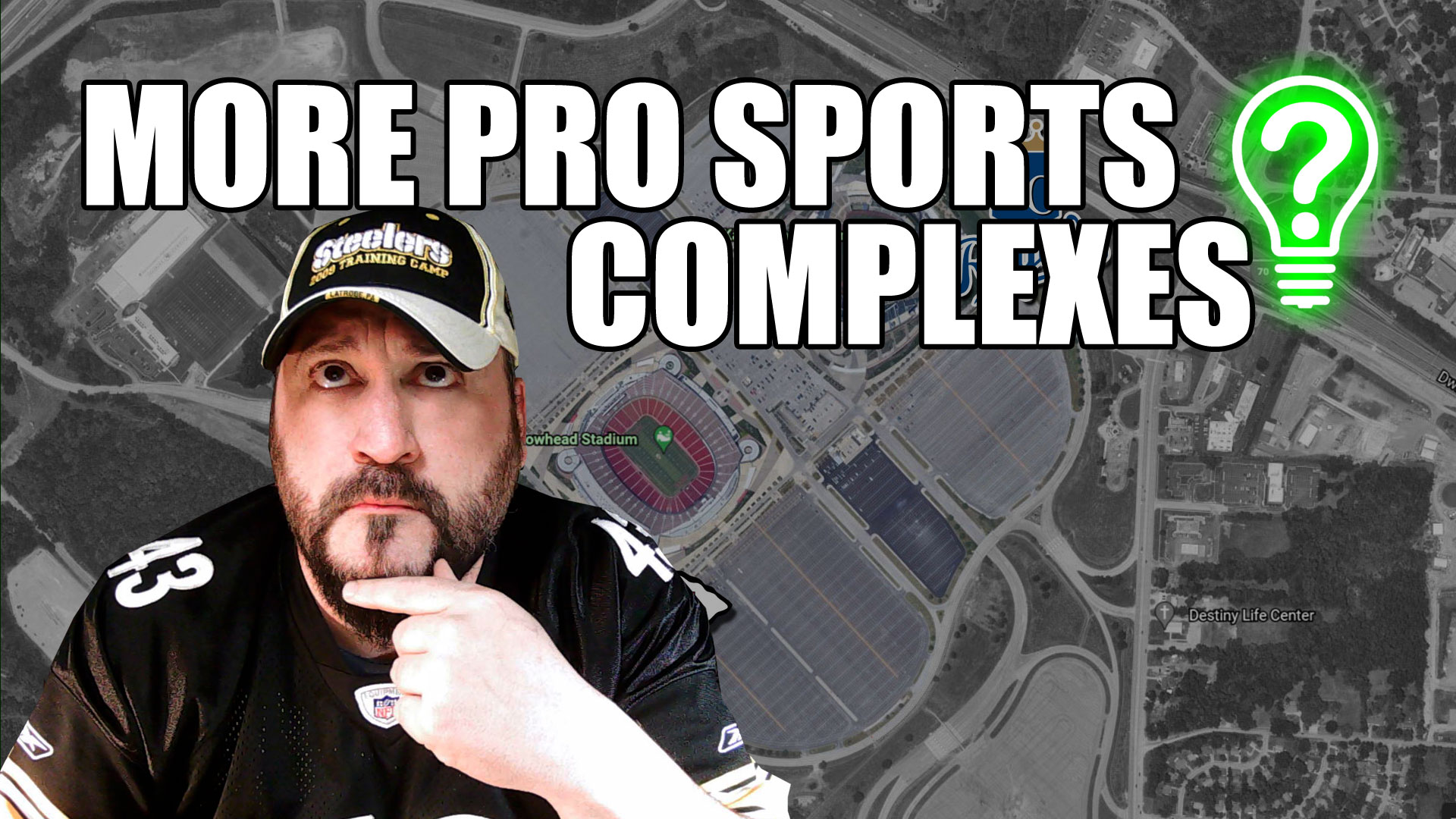
Pro Sports Complexes in the U.S. Part 2 – Learn Stuff
Originally I focused on football and baseball venues when doing the research for Part One of this series. The more I got into it, the more I realized that most basketball/hockey arenas aren’t terribly obvious from space, as I was just kind of eyeballing Google Earth. So I revised my list, moved things around, and bent the rules for Denver. Let’s check out part two of Pro Sports Complexes.
Minneapolis: The Twins, Wild, and Vikings (sort of)
All the teams are generically from Minnesota, but three of the four pro clubs are in Minneapolis (the NHL’s Wild are over in St. Paul). The oldest venue is Target Center, home of the Timberwolves, which was opened in 1988 with a capacity just under 19,000 for basketball.
Just across the street is Target Field, where the Twins have been playing to a capacity of over 38,000 since 2010. Though not next door, the Vikings’ U.S. Bank Stadium is down the road. This extremely new facility opened in 2016 to replace the Metrodome at the same location and has a capacity of nearly 67,000.
Cleveland: The Indians, Cavaliers, and Browns (again, sort of)
Cleveland did the same thing as Cincinnati and built two sports facilities at the same time (though almost 10 years earlier). The first to open was Progressive Field in 1994, originally named Jacobs Field. The home of the Indians has a capacity almost 35,000. Later that year the Rocket Mortgage FieldHouse opened for the Cavaliers of the NBA. Initially known as Gund Arena, and later Quicken Loans Arena, today it has the capacity to seat about 20,000.
Relatively nearby, the Browns got a new stadium that opened in 1999. Introduced as Cleveland Browns Stadium and with a current capacity of over 67,000, FirstEnergy has had the naming rights since 2013.
Atlanta: The Falcons and Hawks
As in most cases, Atlanta’s basketball arena is much older than the stadium for it’s NFL team. State Farm Arena opened in 1999 as Philips Arena. The home of the Atlanta Hawks originally had a capacity over 20,000, but has been reduced to less than 17,000 today.
Right next door is currently the third youngest stadium in the country. The Flacons ultra-modern Mercedes Benz Stadium opened in 2017 and can seat 71,000 fans.
New Orleans: The Saints and Pelicans
There’s that Mercedes logo again. This image is slightly out of date, as the current official name is the Caesars Superdome since 2021. Originally opened in 1975 (as simply just The Superdome), the home of the Saints became historically famous as emergency shelter for over 15,000 people during Hurricane Katrina in 2005. At extended capacity for football games, it can seat a whopping 76,468 people.
It’s rare for a city to have a relatively newer basketball venue, but the Smoothie King Center was opened in 1999 as New Orleans Arena. The home of the Pelicans has a smaller capacity at just under 17,000.
Glendale: The Cardinals and Coyotes
Home to half of Arizona’s professional teams, Glendale has one of the newest combined sports complexes in the country (The Diamondbacks and Suns are in Phoenix, hold on). The Coyotes home rink was opened in 2003 as Glendale Arena, later Jobing.com Arena, and now Gila River Arena with a capacity of about 17,000.
Across the street, and surrounded by a huge amount of parking is State Farm Stadium. The Cardinals have played there to a 63,000 capacity crowd since 2006 when it was called Cardinals Stadium and later University of Phoenix Stadium.
Phoenix: The Suns and Diamondbacks
Surprise, we’re still in Arizona. The complex may not be as new as the one in Glendale, but the Diamondbacks and Suns are also right next to each other. The Suns are the only Arizona team to claim a city in their name and their home at Footprint Center opened in 1992. Originally America West Arena, US Airways Center, Talking Stick Resort Arena, and Phoenix Suns Arena, this NBA venue has a capacity just under 17,000.
Chase Field opened as Bank One Ballpark in 1998. The Diamondbacks home field has a capacity over 48,000.
Denver: The Broncos, Rockies, Avalanche, and Nuggets
This one is sort of a consolation prize, as none of the buildings are adjacent, but Denver puts all their teams in one area. The oldest is Coors Field, which opened in 1995. Built to house the new Rockies expansion team at the time, it has a capacity of almost 47,000. Ball Arena opened up a few years later in 1999 as Pepsi Center and is the home of the Nuggets and Avalanche. Ball got the naming rights in 2021 to the 18,000 capacity arena.
The newest facility in this neighborhood is the home of the Denver Broncos. It was originally named Broncos Stadium at Mile High, then Invesco Field at Mile High, and later Sports Authority Field at Mile High. The 76,000 plus capacity football venue has been Empower Field (ugh, at Mile High) since 2019.
Honorable mention: Raymond James Stadium in Tampa, as there are numerous spring training facilities for Major League Baseball right next door. I haven’t decided if that counts or not.






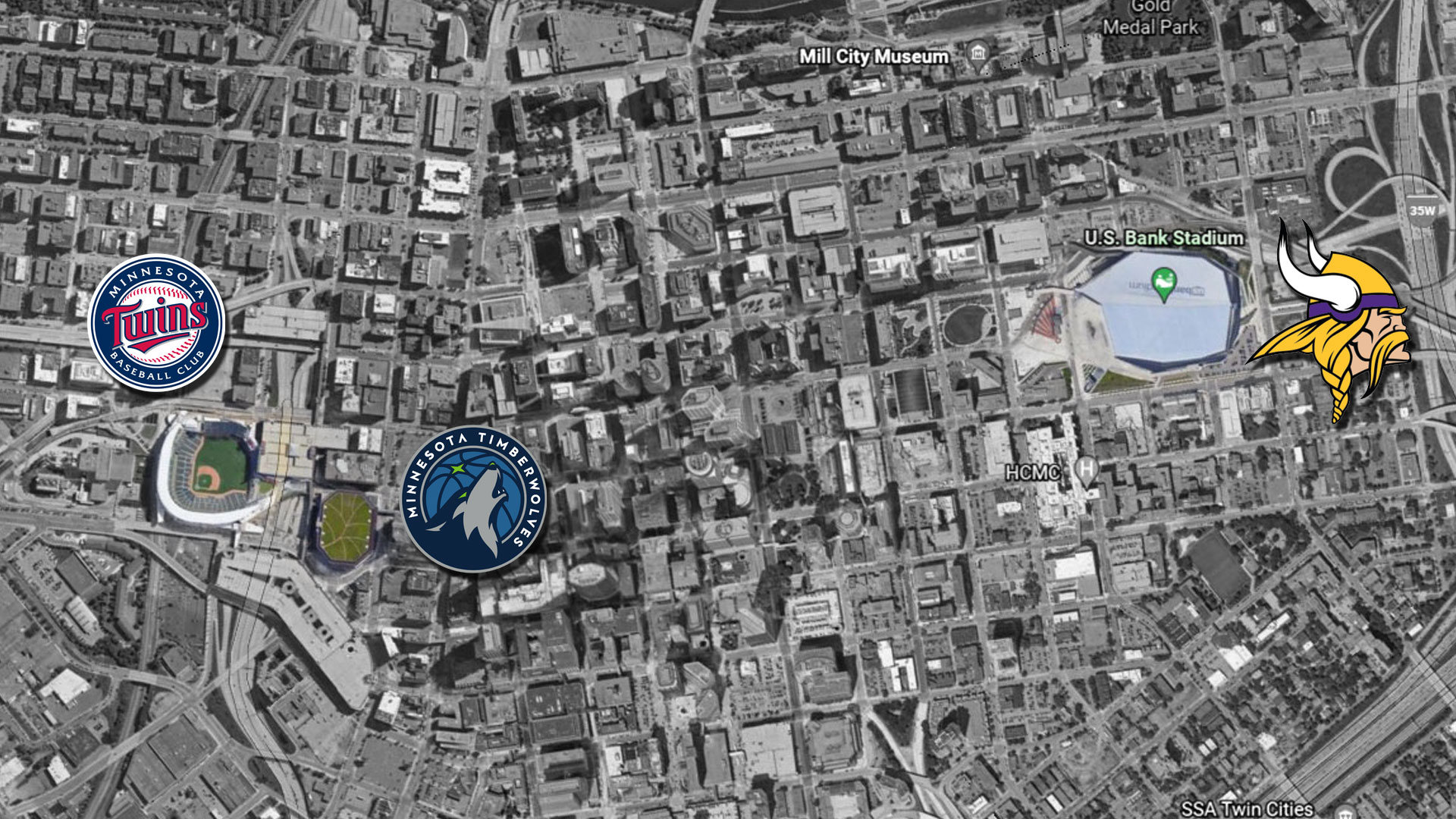
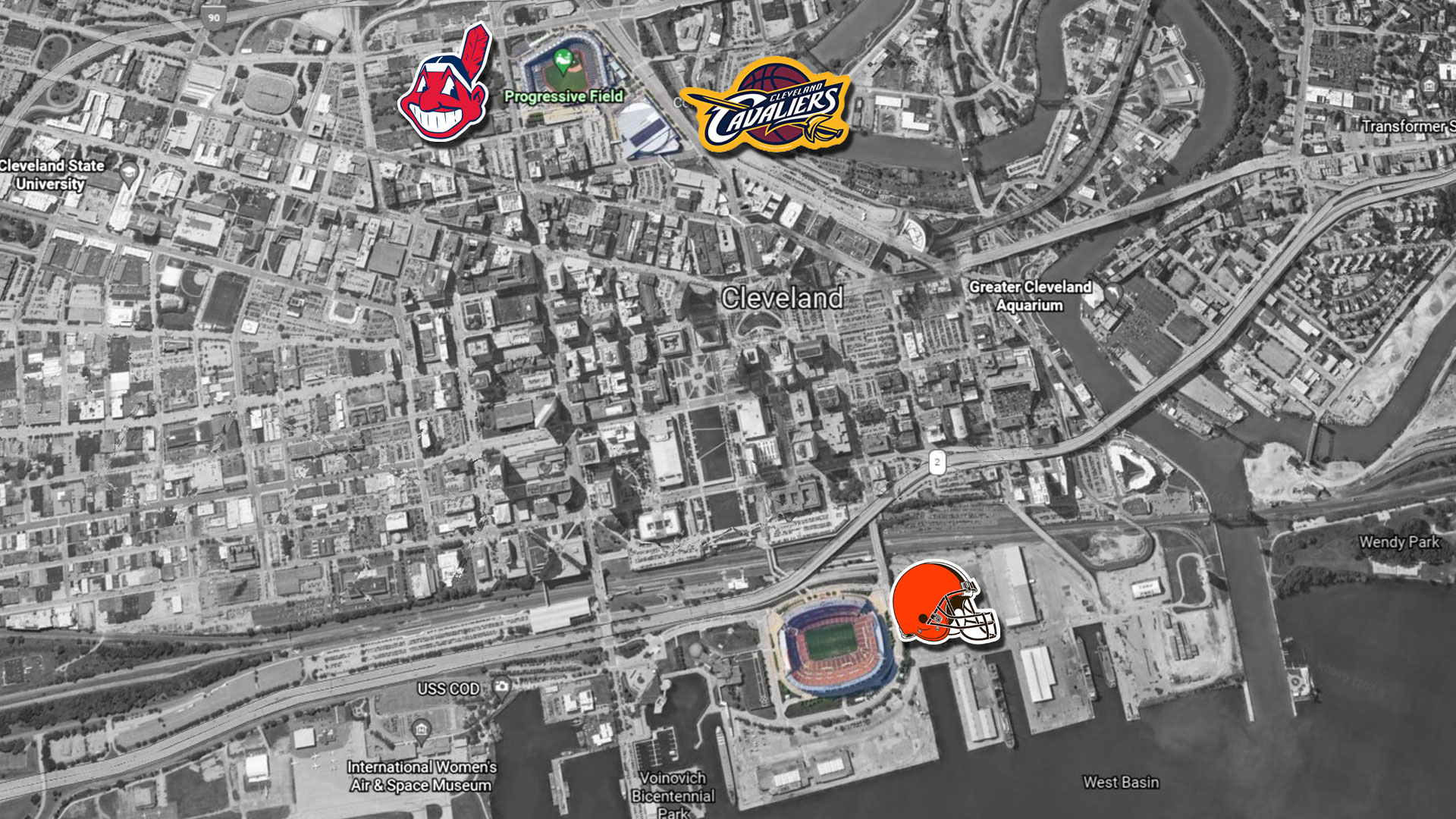
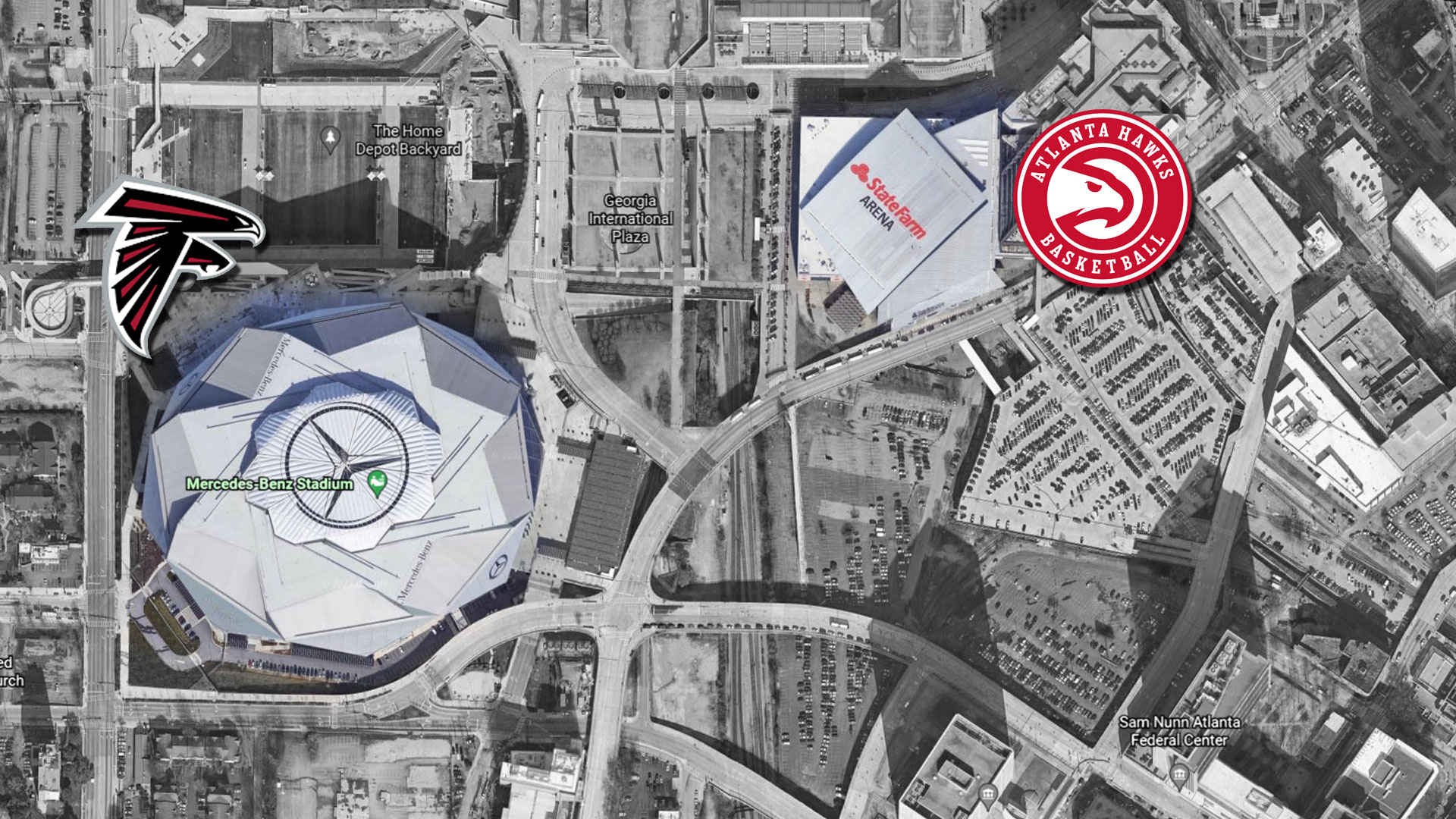
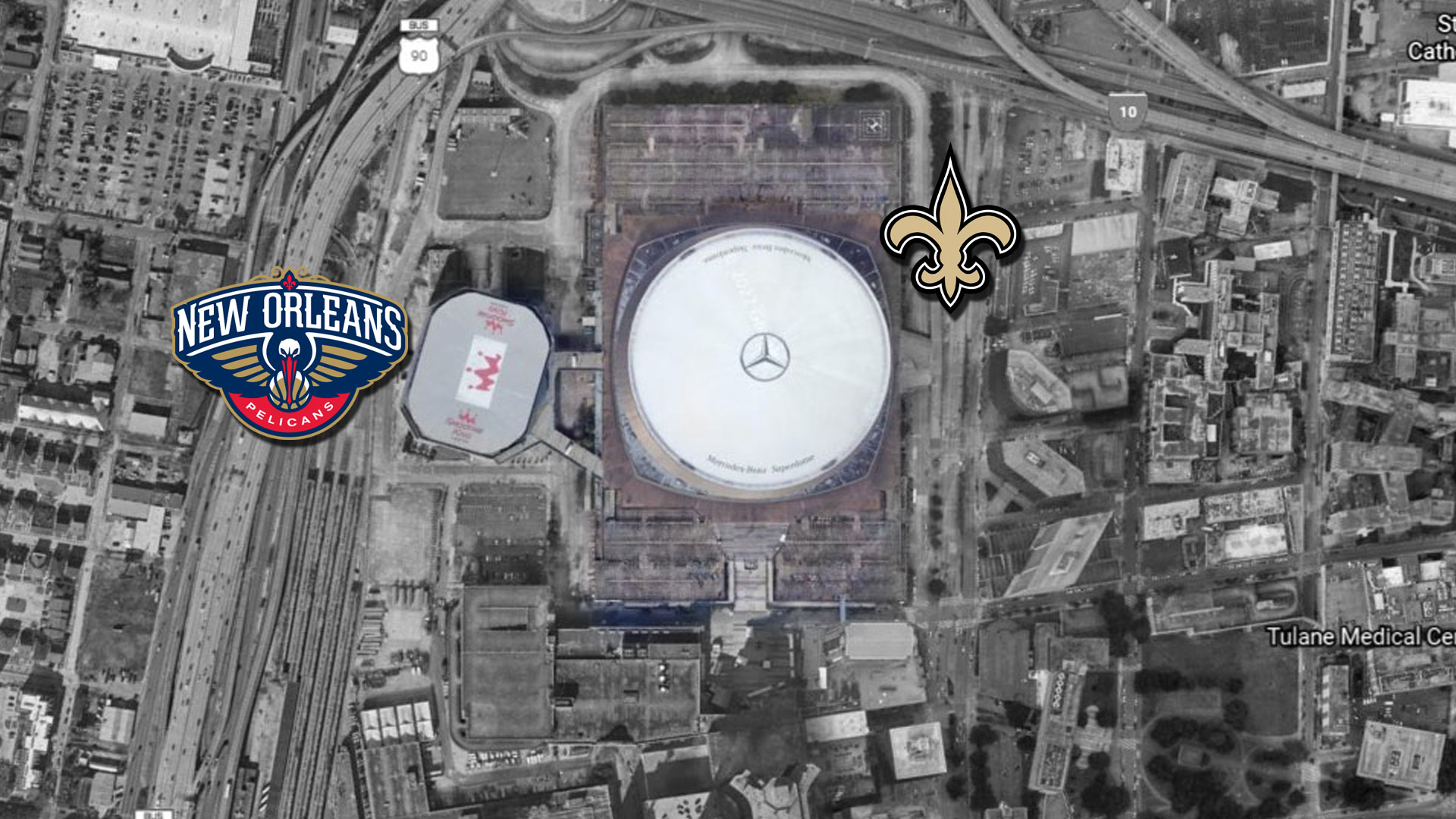

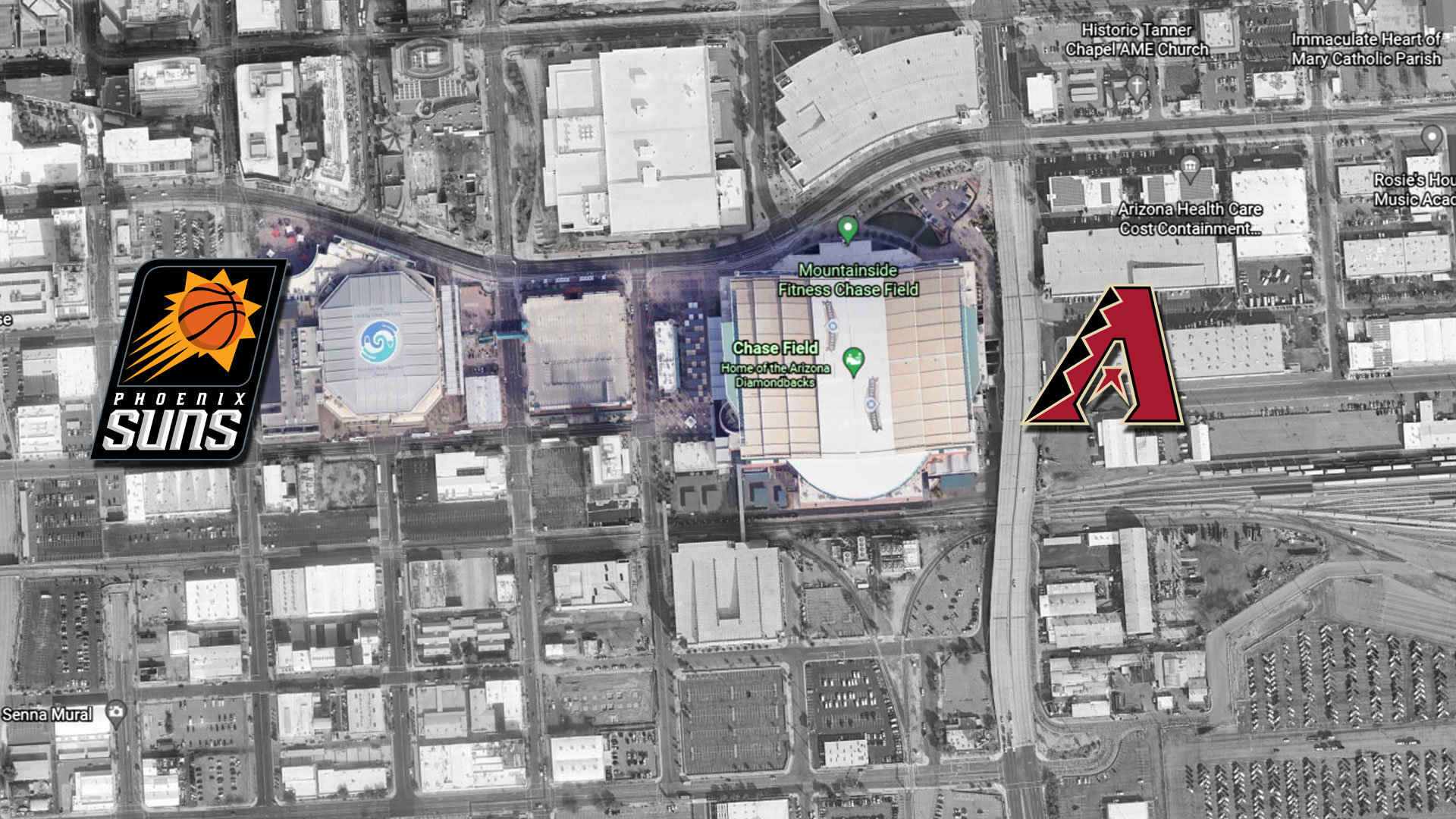
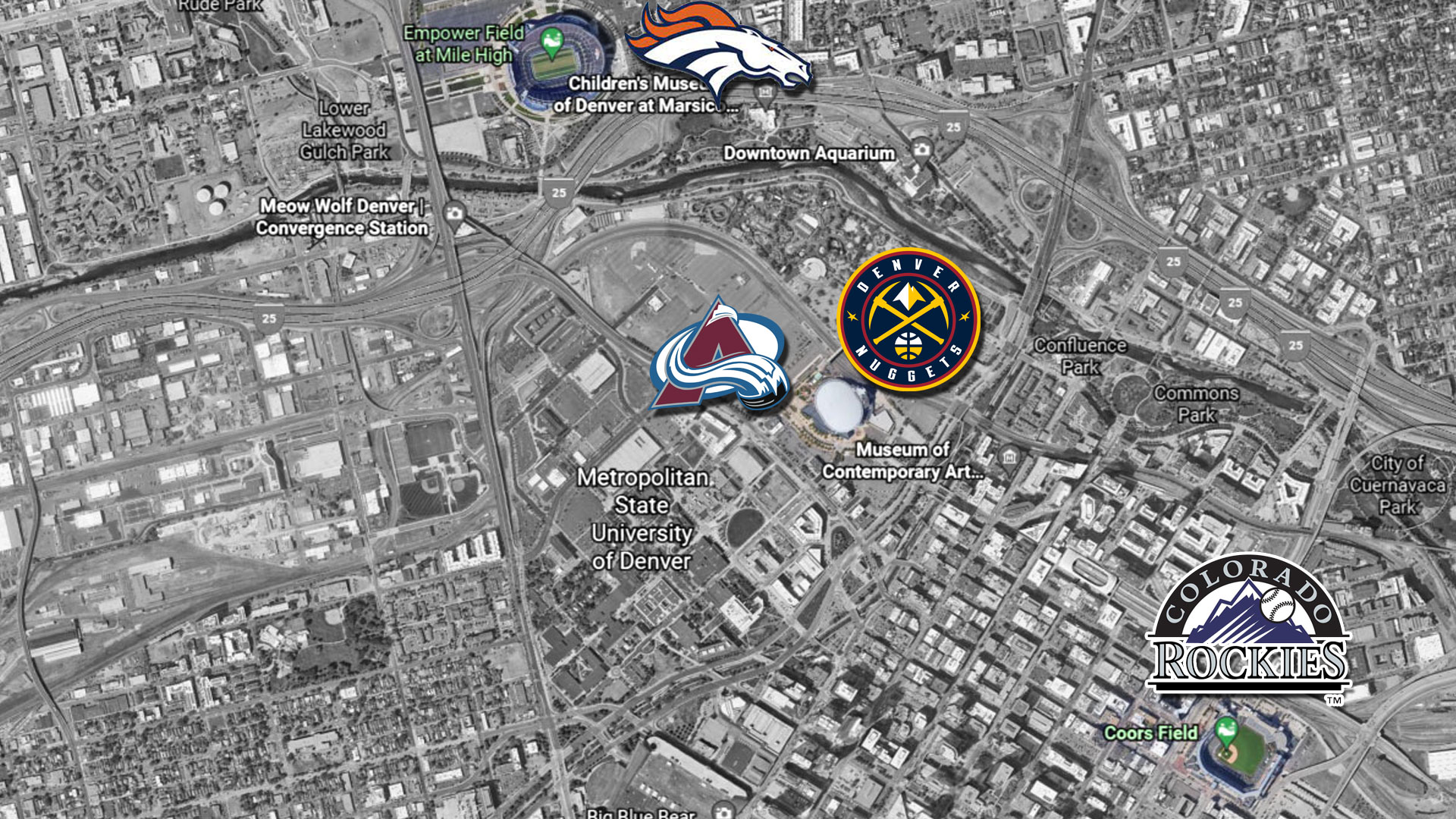




















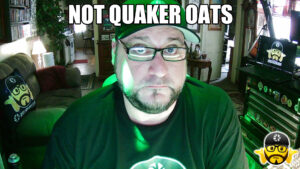





 GO PA!
GO PA! Learn Stuff
Learn Stuff Video
Video shop.kellyplanet.com
shop.kellyplanet.com


 Contact erickelly
Contact erickelly

Leave a Reply
You must be logged in to post a comment.